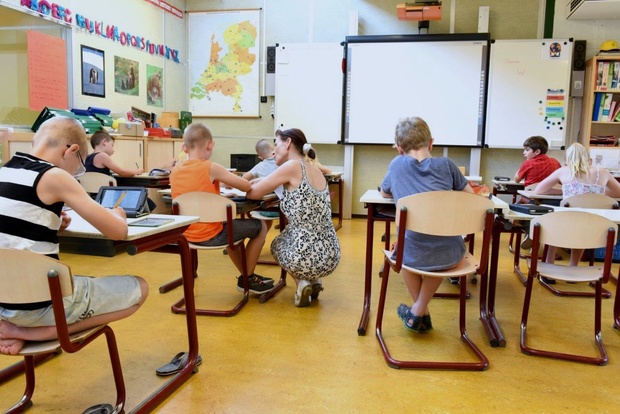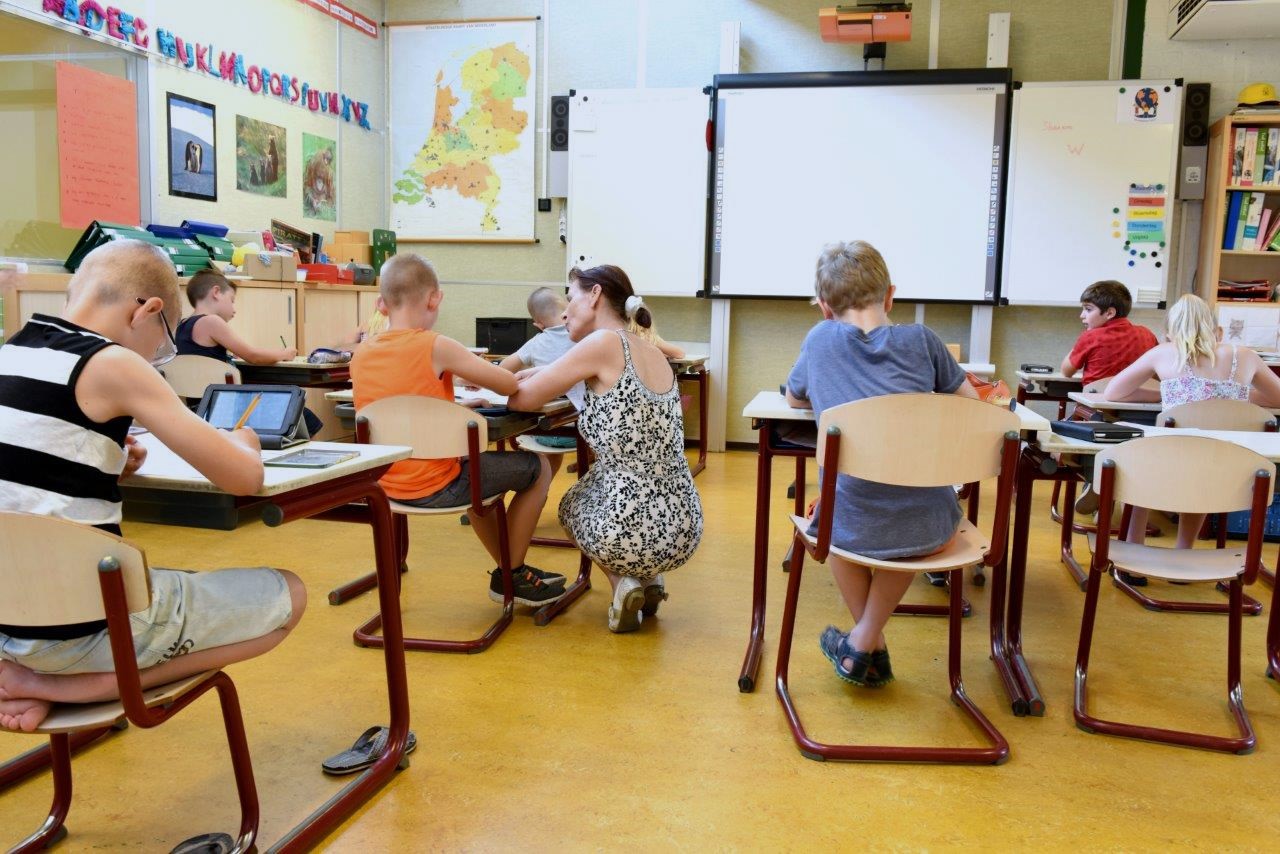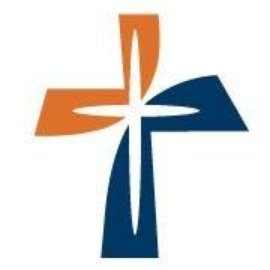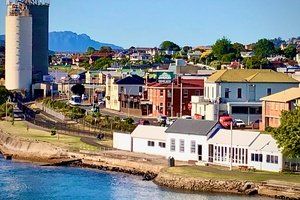Declining performance in international testing has been noted in mathematics, reading and science. And nationally, more than 50 per cent of Year 8 students are not at the expected level in maths, with only 65 per cent of 15-year-olds at the expected literacy level.
Responding to such perceived failures in the education system, the National Party campaigned on a promise of having 80 per cent of students at or above the expected level in reading, writing, maths and science.
Achieving such a goal will be challenging. But having a clearer idea of how New Zealand got to this point may help when formulating a plan for success.
Competencies versus knowledge
New Zealand made some key decisions about its educational priorities around the beginning of this century.
Firstly, it adopted an OECD-encouraged focus on “competencies” (broad skills such as problem solving and relating to others) rather than basic knowledge acquisition.
This was underpinned by the belief that students needed adaptable, flexible skills to meet the changing needs of the global economy.
In addition, attention turned to a new kind of digitally-savvy student. Due to their access to the internet, the “21st century learner” was believed to require less direct teaching on account of their having access to more knowledge, and therefore more personal agency, than students in previous eras.
While neither of these ideas was derived from research, they nonetheless gained widespread traction within the New Zealand education scene.
These shifts heavily influenced the 2007 New Zealand Curriculum, which was heralded for its focus on teaching students to “learn how to learn” rather than teaching them knowledge as such.
The creation of the National Certificate of Educational Achievement (NCEA) in 2002, and its realignment with curriculum changes a decade later, further embedded this lack of prescription.
Students and teachers were now able to select from a broad suite of “achievement standards” in each subject, with few mandated requirements over which ones to choose. Some are exam-based and some internally assessed.
Teachers and students have high levels of autonomy in selecting topics and forms of assessment that suit their interests and preferences. The end result has been high levels of choice and a looseness around required knowledge and expectations.

Wales is also starting to question the skills-based approach to learning. PHOTO: Lisa Fotios
New Zealand is not alone
Other countries that adopted open and loosely prescribed curricula have begun to question such an approach.
In Wales, for example, one recent report found the skills-based approach of the Welsh curriculum (partly based on the troubled Scottish Curriculum for Excellence) has contributed to steeper declines in student outcomes and greater inequalities than in countries with more prescription.
New Zealand-based research has also raised concerns about inequalities. For instance, the open-ended nature of the national curriculum and NCEA potentially leads to less challenging material being provided for students in lower socioeconomic areas, and for Māori and Pasifika learners.
The previous Labour Government began to acknowledge these problems, recognising a need to prioritise “learning that can’t be left to chance”.
Avoiding another polarising pivot
The natural inclination at this point might be a radical policy swing away from the past 20 years. But it would be better to avoid the deep-seated tendency in education to address complex issues with polarising pivots.
Instead, a delicate balance is needed between the binaries that tend to shape educational policy shifts: knowledge versus skills, teacher-led versus student-led learning, national versus local curriculum.
New Zealand needs a broad bipartisan course – not an ideological one – providing students with greater opportunities to access learning that takes them further and reduces inequalities.
The scope of possible reform is vast. The top predictor of student outcomes remains poverty, so this must be a priority. But two education-specific areas deserve focus.
Teaching both knowledge and skills
There is increasing international consensus that the turn towards teaching skills over knowledge increased educational inequality.
But snapping back to mandating the learning of a dry set of facts is not the answer. Instead, curriculum reform must acknowledge the interrelated nature of knowledge and skills.
We know skills such as “critical thinking” cannot be built in isolation from specific knowledge. Put simply, a person will struggle to “think critically” about a topic they do not know enough about.
If we want students to become more skilled at critical thinking and problem solving, we need to equip them with a strong, broad knowledge base.
However, skills will not be achieved merely through the rote memorisation of such knowledge. Rather, students need engaging opportunities to apply knowledge via the use of skills in the classroom. In turn, this will help consolidate their knowledge.
In this way, knowledge and skills can reinforce each other. This all needs to be done with lively, culturally-responsive teaching strategies that ignite student imaginations.
Valuing and supporting teachers
No curriculum reform will succeed if teachers are not supported to implement it. What has been missing in New Zealand for many years is “meso” level support – the level between the “macro” of policy and the “micro” of the classroom.
This level of practical support and resourcing for teachers has not been part of the New Zealand education scene since research-led curriculum advisers (who supported and resourced teachers in schools) were disestablished in the early 2000s.
A national, research-led and cohesive programme of professional development for teachers is therefore required.
Above all, while change is needed, it can happen without overcompensating. Developing a clear, thoughtful curriculum and establishing adequate teacher support will give children the greatest chance of success.![]()
This article is republished from The Conversation under a Creative Commons license. Read the original article here.















